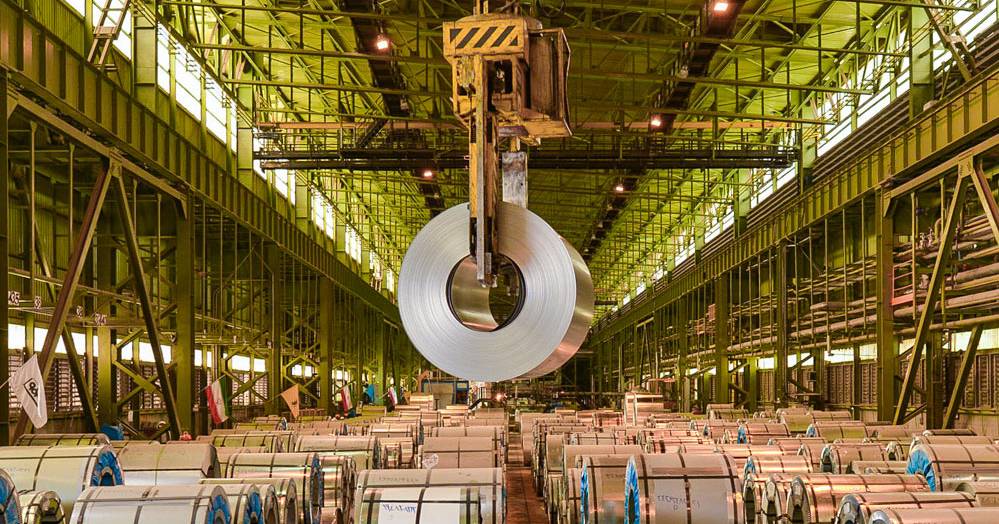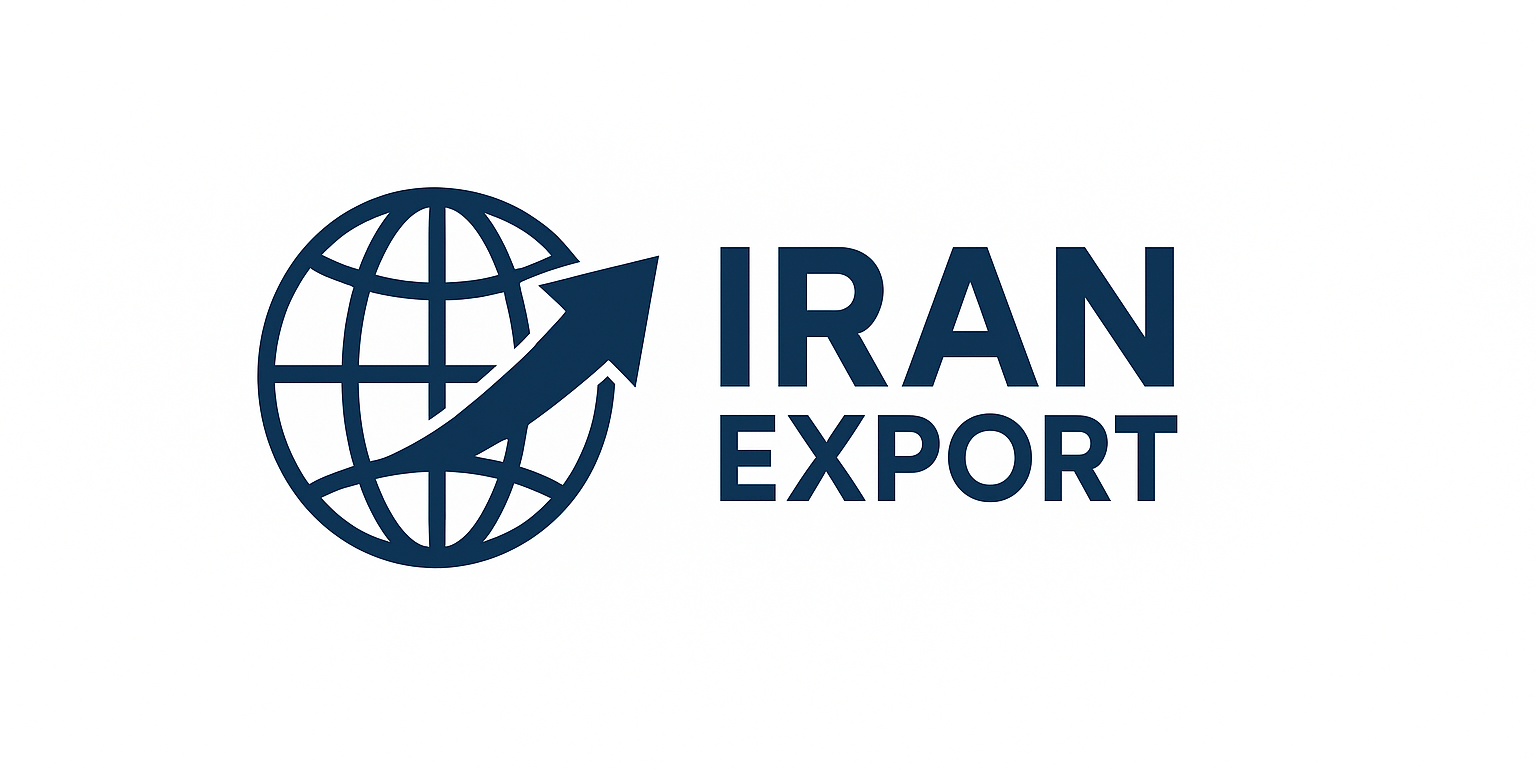
Analyzing the Trends in Iran’s Steel Exports to Asian and European Markets
Introduction
The Iranian steel industry has emerged as one of the fastest-growing sectors in the country’s non-oil economy. With abundant iron ore reserves, competitive production costs, and increasing government support, Iran has positioned itself as a major steel producer in the Middle East and beyond. Over the past decade, Iran has consistently expanded its steel output, aiming to become one of the top 10 producers globally. This growth has also translated into a rising share of steel exports to Asian and European markets, which remain vital destinations for Iranian products.
This article provides an in-depth analysis of the current status, major destinations, challenges, and future opportunities of Iran’s steel exports, particularly in Asia and Europe.
Iran’s Position in Global Steel Production
Iran ranks among the top steel-producing countries in the world, with an annual output exceeding 30 million tons. Supported by its vast raw material base, including one of the world’s largest iron ore deposits, and access to affordable energy resources, the Iranian steel industry enjoys a strong cost advantage. The government’s “20-Year Vision Plan” sets ambitious goals for achieving over 55 million tons of annual steel production by 2025, with exports playing a central role.
Key Export Destinations in Asia
Asian countries represent the largest market for Iranian steel exports, accounting for a significant share of outbound shipments. Among these markets:
-
China: As the world’s largest steel consumer, China imports certain semi-finished steel products, including billets and slabs, from Iran, although competition and trade barriers exist.
-
India: With rapid infrastructure growth, India presents a growing market for rebar and semi-finished steel imports.
-
Southeast Asia: Countries such as Thailand, Indonesia, and the Philippines import Iranian billets and flat products, driven by their booming construction and manufacturing sectors.
-
Middle East neighbors: Iraq, Oman, and the UAE remain steady buyers of Iranian steel, given geographical proximity and reduced transport costs.
Expanding Reach into European Markets
While Asia dominates in volume, Europe has become an increasingly attractive market for Iranian steel exports. Despite stricter regulations and quality standards, Iranian producers have made progress in penetrating European markets with high-quality semi-finished products.
Key markets include:
-
Italy and Spain: Major importers of steel billets and slabs.
-
Germany: A high-value market for specialized steel products, where Iran has the potential to expand.
-
Eastern Europe: Countries such as Bulgaria and Romania, which rely on cost-competitive imports, show steady demand for Iranian steel.
However, trade with Europe is more sensitive to political and regulatory factors, particularly EU trade policies and sanctions.
Export Trends and Market Dynamics
Over the last decade, Iran’s steel exports have shown steady growth, often exceeding 6–8 million tons annually. The following factors shape these trends:
-
Price Competitiveness: Lower production costs allow Iranian steel to compete effectively in both Asian and European markets.
-
Infrastructure Demand: Rapid urbanization and infrastructure development in Asia drive strong demand for rebar, billets, and flat steel products.
-
Market Diversification: By exporting to both Asia and Europe, Iran reduces dependence on a single region and mitigates risks from fluctuating demand.
-
Logistics and Geography: Iran’s strategic location offers easy access to both Asian and European markets through land and maritime routes.
Challenges Facing Iran’s Steel Exports
Despite its strong potential, Iran’s steel export industry faces several challenges:
-
International Sanctions: Restrictions on trade financing and logistics create barriers for accessing European buyers.
-
Global Competition: Countries like China, Turkey, and Russia compete aggressively in the same markets.
-
Quality Standards: Meeting the stringent requirements of European buyers requires continuous investment in technology and certification.
-
Supply Chain Issues: Fluctuations in raw material supply and energy policies can impact production and delivery.
Opportunities for Growth
Looking forward, Iran has several opportunities to enhance its role in the global steel export market:
-
Value-Added Products: Investing in downstream industries such as coated steel and specialized alloys can boost competitiveness.
-
Strategic Partnerships: Collaborations with Asian and European buyers can secure long-term contracts and market stability.
-
Technology Upgrades: Adopting cleaner and more efficient production methods can help meet environmental regulations in Europe.
-
Logistics Hubs: Leveraging ports like Bandar Abbas and Chabahar can expand Iran’s export capacity and reduce shipping costs.
Conclusion
The Iranian steel export industry has established a solid foothold in both Asian and European markets, driven by cost advantages, geographic proximity, and rising production capacity. While challenges such as sanctions and global competition remain, opportunities for growth are abundant. By focusing on value-added production, diversification of markets, and technological upgrades, Iran can strengthen its position in the global steel supply chain.
For international businesses and investors, monitoring the trends in Iran’s steel exports offers valuable insights into the evolving dynamics of the global steel industry.

